Memristor-based sensing devices generate biological-like electrical signals that mimic those found in the brain for better computing.
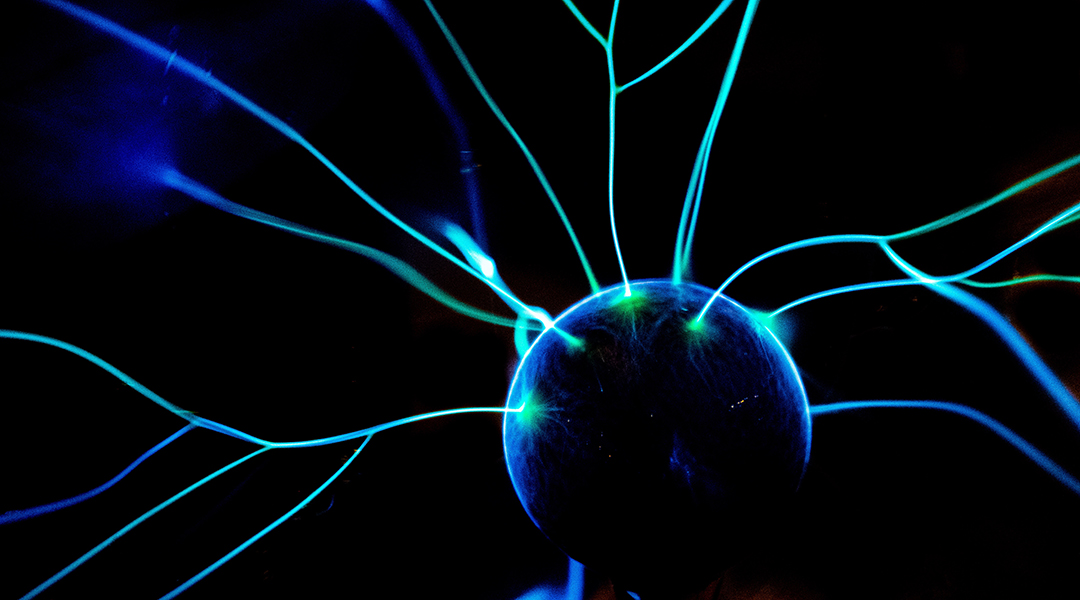

Memristor-based sensing devices generate biological-like electrical signals that mimic those found in the brain for better computing.
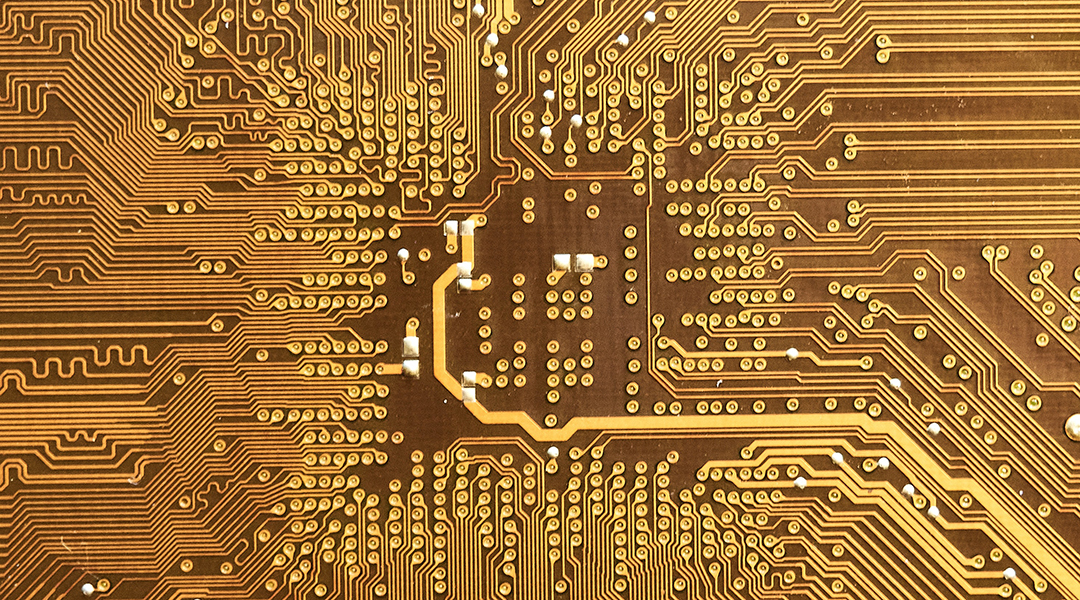
A new approach to in-memory computing proposes a new set up to create an artificial synapse that can both store and process data.

A set of quantum computers was put to the test by playing the notorious triangle game.
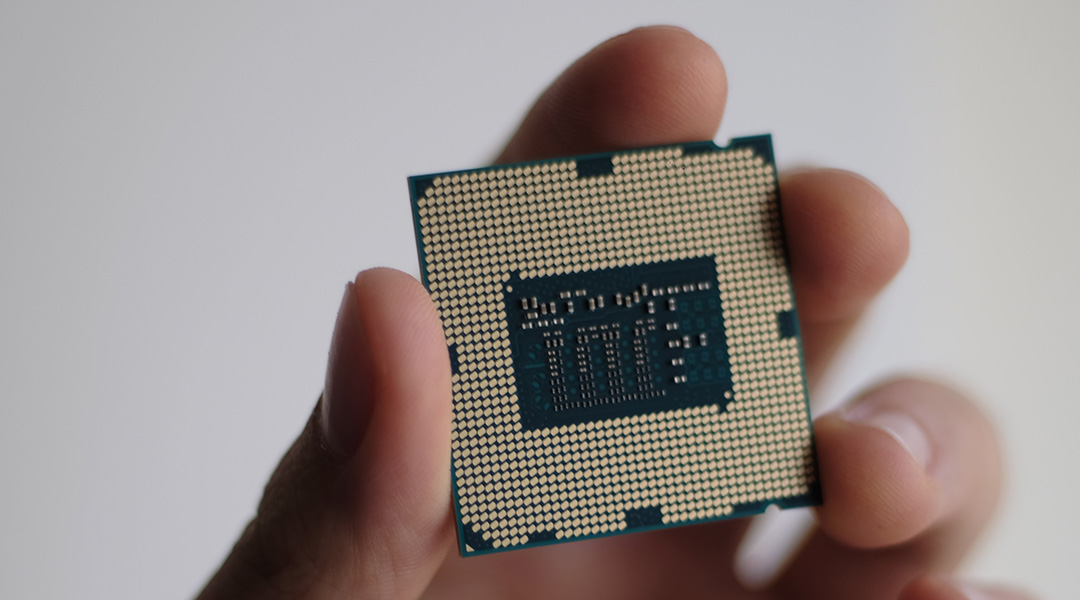
Using tiny batteries, researchers hope to power ever-smaller computers and advance the Internet of Things and ubiquitous computing.

The debate around COVID-19 boosters is highly nuanced, but a new computational model could help better inform policy around such measures in an evolving pandemic.
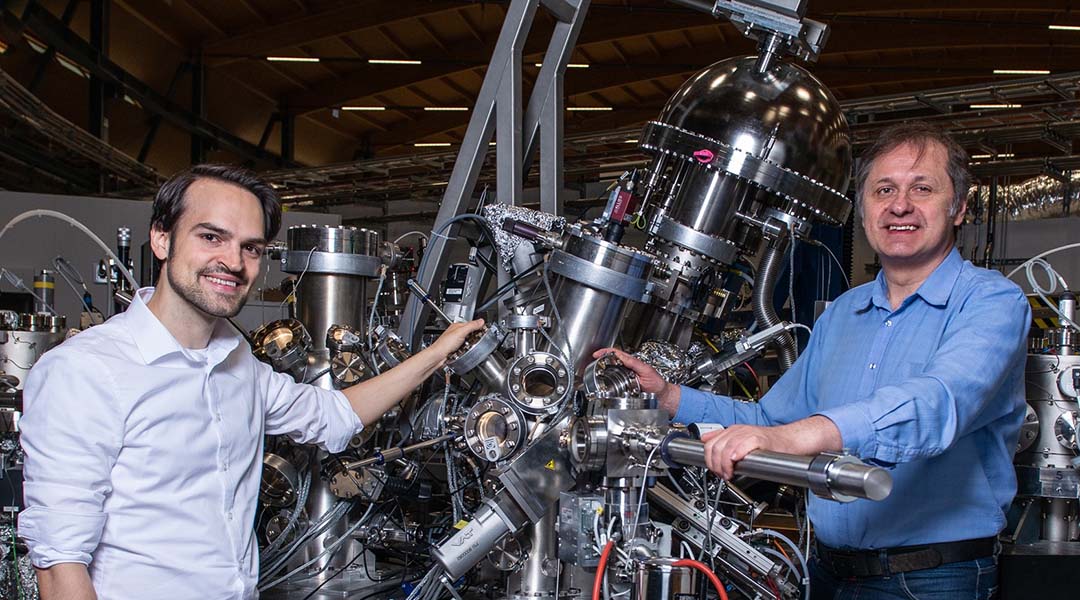
A new endeavor explores the idea of topological qubits that are easy to engineer for error-free quantum computing.
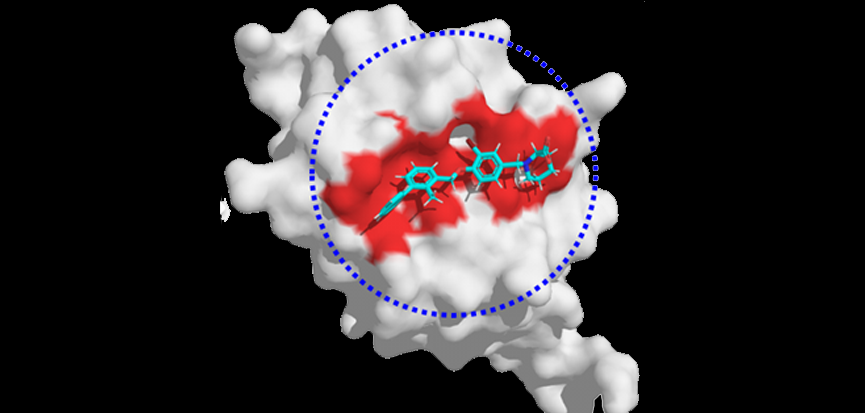
Artificial intelligence and machine learning are playing increasing roles in drug discovery, potentially saving significant time and money.

What good is a fast computer if you can’t rely on it?
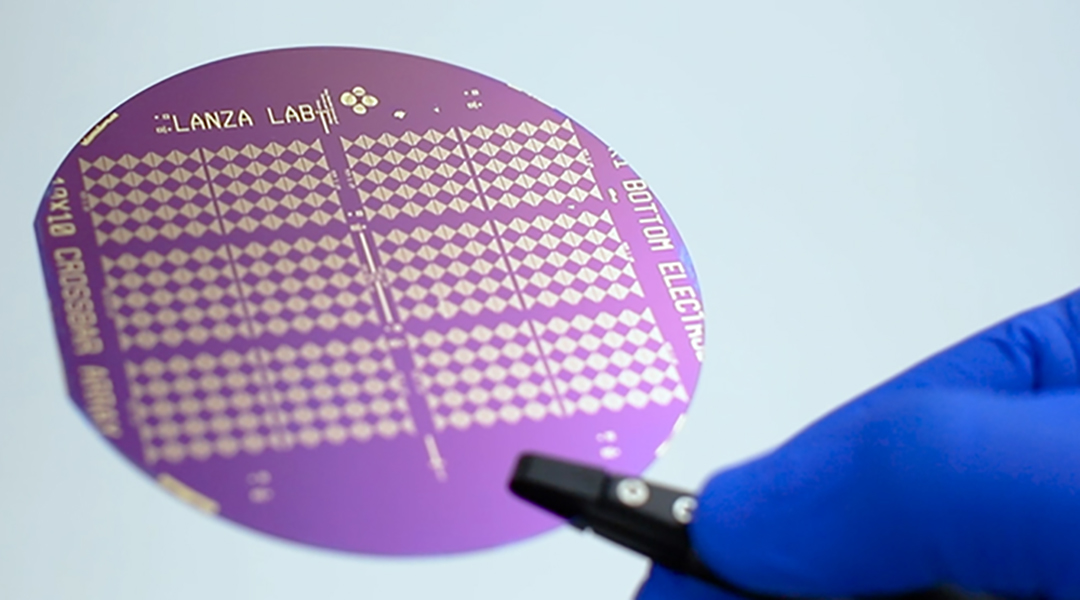
Using atomically-thin 2D films, researchers have developed a nano-scale random number generator with enhanced long-term stability and reduced power consumption.
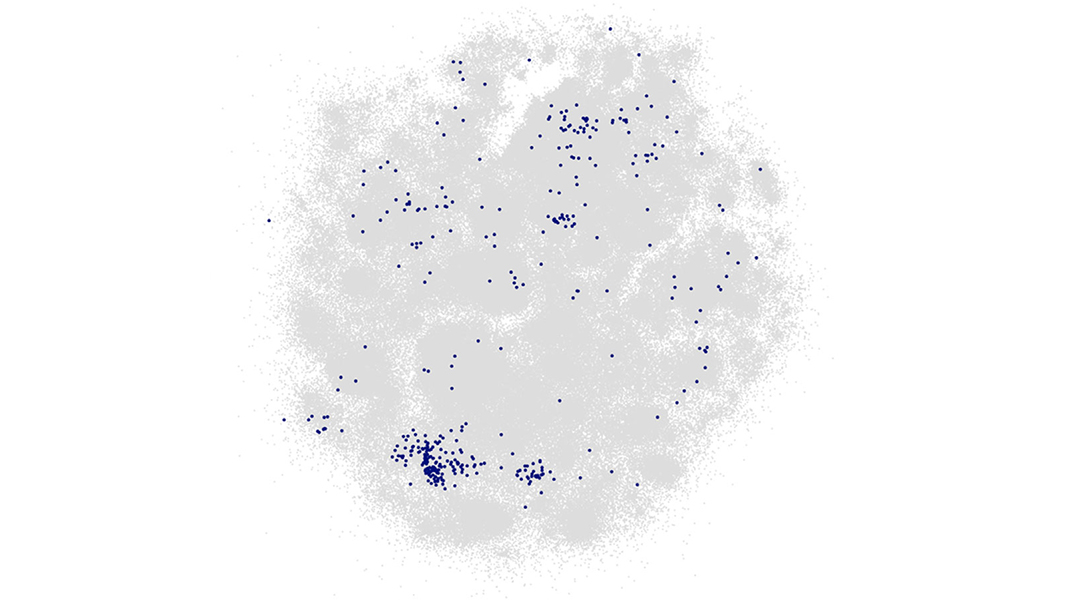
A new machine learning algorithm called “Active Learning” could help identify the best materials for any desired application.